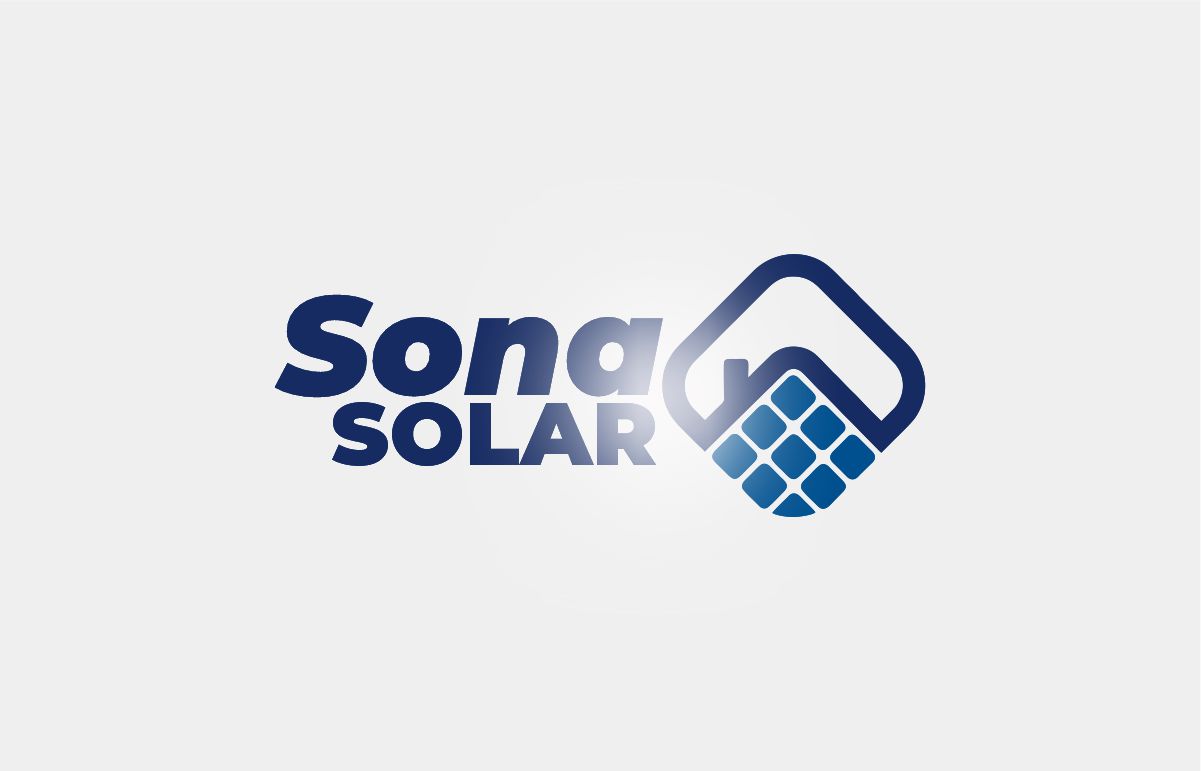For those new to solar, the 1kVA to 1.5kVA system is the perfect entry point into energy independence.
At Sona Solar Zimbabwe, we specialize in designing these compact systems to offer maximum value and reliability. Let's break down exactly what you can expect from this entry-level powerhouse.
At a Glance: What a 1.5kVA System Can Handle
A 1.5kVA inverter can typically support a continuous load of about 1200 watts (1.2kW). This is more than enough for low-power essentials. |
| What Is The 1.5kVA Inverter Load Capacity and How to Optimize Its Performance for Zimbabwe |
| 1.5kVA (12V) System Load Capacity | |
|---|---|
| Appliances You CAN Power |
|
| Appliances You CANNOT Power |
|
A Real-World Load Shedding Scenario
Imagine a typical evening power cut in Harare. With a 1.5kVA system from Sona Solar Zimbabwe, you won't be in the dark. You can comfortably have your lights on, watch the news on your TV, keep your Wi-Fi running, and charge your family's phones and laptops simultaneously. It’s designed to eliminate the biggest frustrations of load shedding and keep your modern life online.Who is this System Best For?
This small solar system for home use is a strategic investment for anyone looking to solve specific, everyday power challenges without the cost of a full-scale installation. It is ideal for:- Students & Renters: Power your laptop, lights, and Wi-Fi to keep studying and connected without interruption.
- Home Offices: Ensure your work-from-home setup (laptops, monitors, printers, internet) is always online and productive.
- Small Households: Keep the lights on, watch TV, and charge all your essential gadgets during load shedding.
Understanding the Limitations: When to Upgrade
The main reason a 1.5kVA system cannot power appliances like fridges or pumps is due to "startup surge." These devices require a large burst of energy to start their motors, which exceeds the inverter's capacity. If you need to power these items, the next logical step is a 3.5kVA solar system, which is designed to handle these higher loads.Ready for Uninterrupted Power?
A 1.5kVA system is the most affordable way to keep your essentials running. Contact Sona Solar Zimbabwe today for a free, personalized quote on a system designed just for you.
Get a Free QuoteFollow Our Social Media Platforms:
Common Questions and Popular Searches
Explore Answers To Frequent Questions And Discover Resources For Your Solar Journey:
1kVA Inverter Load Guide
Load guide for small households.
2kVA System Load Capacity
Powering essentials in medium homes.
3kVA System Panel Count
Understand solar array sizing.
3kVA Inverter Load Guide
Appliance guide for a typical household.
Best 3kVA Inverter Brand
Compare reliability and warranties.
3kVA Appliance Load Guide
Understand simultaneous load capacity.
3kVA Powering Motor Loads
Guidance on handling motor loads.
Choosing the Right Inverter
Matching inverters to your specific load.
Match Panels to Inverter
Tips for optimal system performance.
3.5kVA Inverter Load Guide
Explore residential setup capabilities.
Best Solar Panels Zimbabwe
Analysis of performance and durability.
Solar Companies Zimbabwe
Customer service and reliability.
Best Solar Panel Brands
Guide for home and business solutions.
Solar Installers Zimbabwe
Professional and certified installers.
3kVA System Cost Guide
Get pricing information for Zimbabwe.
5kVA System Cost Guide
Budget requirements for systems.
Contact Our Sales Team:

Sona Solar Zimbabwe
Address:
7 Frank Johnson Avenue, Eastlea, Harare, Zimbabwe.
Call/WhatsApp:
Sales:
+263 78 293 3586
Sales:
+263 78 922 2847
Operations:
+263 78 864 2437
Email:
sonasolarzw@gmail.com
Website:
www.sonasolar.co.zw

Borehole Experts Zimbabwe
Address:
7 Frank Johnson Avenue, Eastlea, Harare, Zimbabwe.
Call/WhatsApp:
Sales:
+263 77 389 8979
Sales:
+263 71 500 3777
Operations:
+263 71 918 7878
Email:
boreholeexpertszw@gmail.com
Website:
www.boreholeexperts.co.zw
